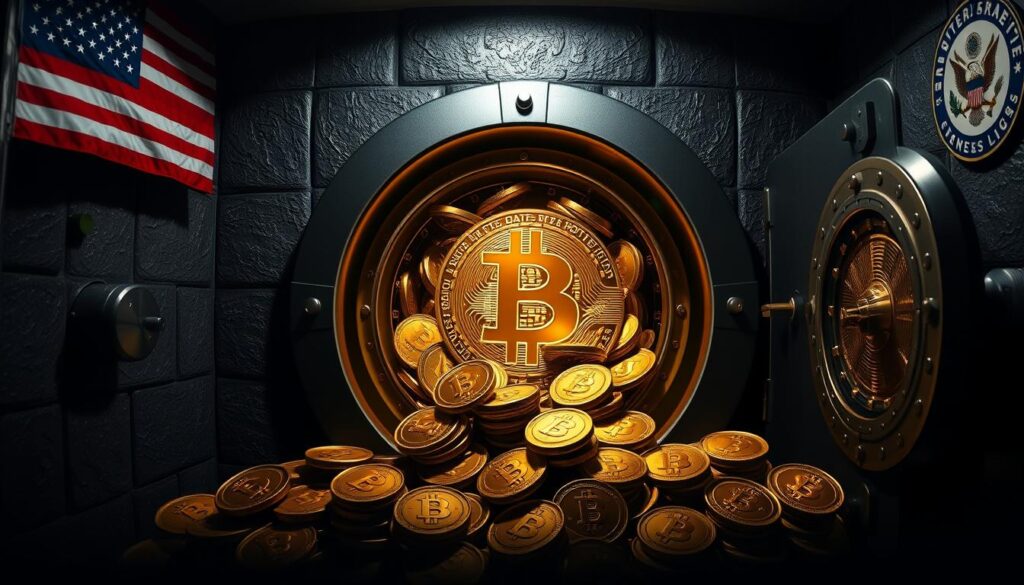Bitcoin seizure by the U.S. government has led to the recovery of 120,000 BTC, worth over $12 billion at current prices. The operation marks one of the largest digital asset confiscations in history and ties back to the infamous 2016 Bitfinex hack.
Back in 2016, the stolen Bitcoin was valued at around $72 million. Fast forward nearly a decade, and the same haul now represents more than half a percent of Bitcoin’s circulating supply, highlighting both the asset’s price appreciation and the growing reach of law enforcement in the crypto space.
The Department of Justice confirmed that roughly 94,000 BTC will be returned to Bitfinex as restitution to victims, while the exchange plans to allocate 80% of the recovered funds toward repurchasing and burning its UNUS SED LEO tokens. That announcement has already sent LEO up nearly 4% in the past 24 hours.
“This Bitcoin seizure underscores how far blockchain forensics and inter-agency collaboration have come,” said a fictional DOJ cybercrime expert. “What was once considered untraceable is now increasingly within reach of law enforcement.”
Authorities revealed that the seizure was the result of years of investigation, involving the FBI, IRS, and multiple cybercrime units. The operation demonstrates how blockchain analysis tools have matured into powerful instruments for tracking illicit funds across wallets and exchanges.
The broader crypto market has reacted cautiously. Past government liquidations of seized BTC have triggered volatility, with traders watching closely to see how these assets might be offloaded. According to Bloomberg, large-scale Bitcoin seizures often spark debate about whether government intervention stabilizes or destabilizes the market.
For Bitfinex, the recovery is a significant step toward resolving one of the most damaging security breaches in crypto history. For regulators, it sends a clear signal: the U.S. is no longer on the sidelines when it comes to digital asset enforcement.
The implications stretch far beyond Bitfinex. With governments proving capable of recovering billions in stolen crypto, the pressure on exchanges, DeFi protocols, and token issuers to maintain compliance and transparency will only intensify.

